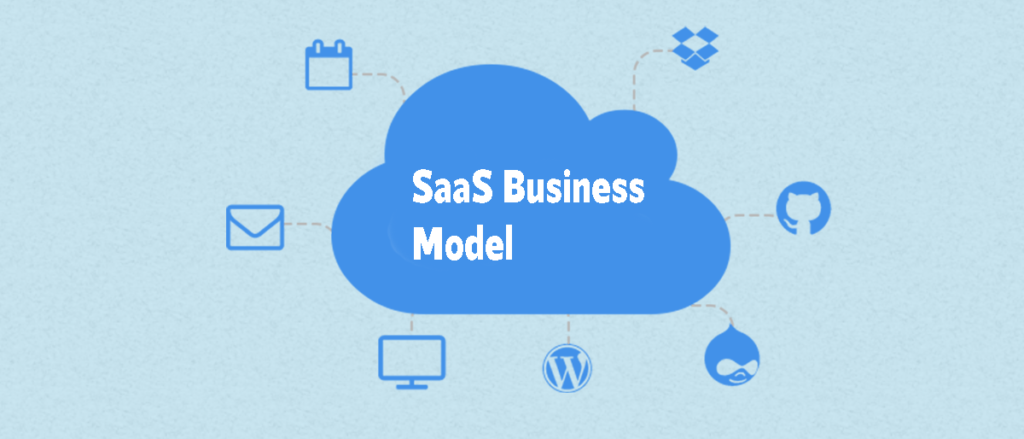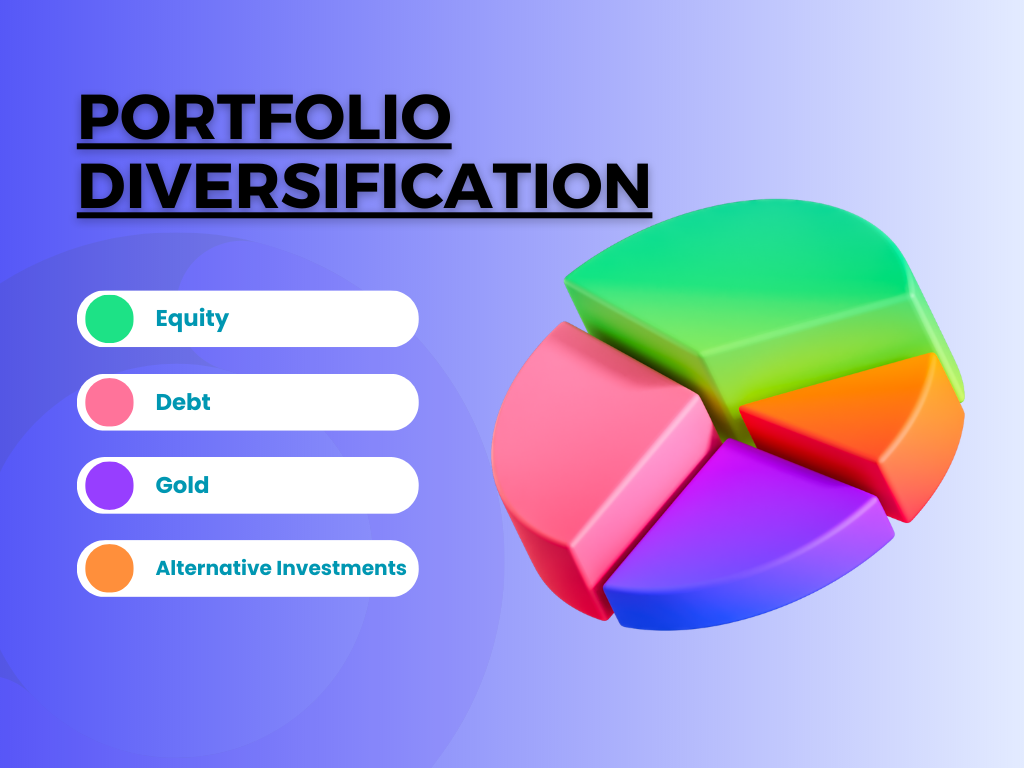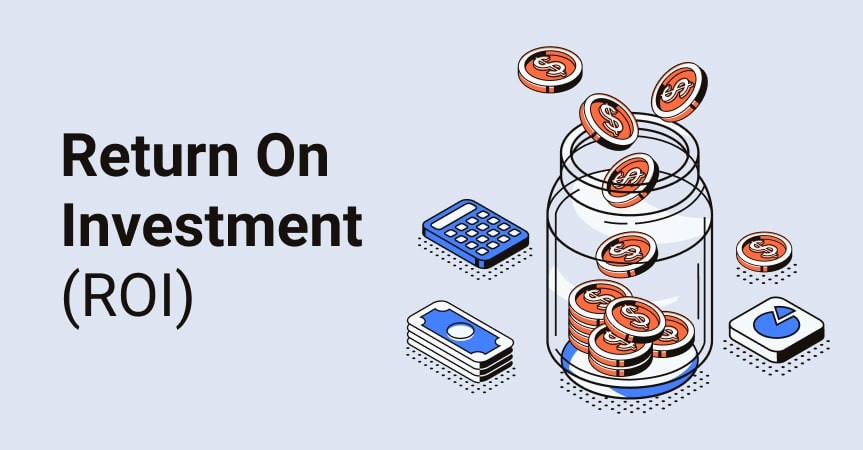Breaking into the world of SaaS business model can seem like a complex endeavor, especially when you’re just starting out.
Online discussion boards and social media networks are loaded with stories of how hard it is to establish a thriving SaaS venture in the current highly competitive environment.
“You need experience to build a successful SaaS company, but you can’t gain that experience without running one.” This isn’t entirely true.
The beauty of the evolving tech industry is its constant state of flux. Every day sees the birth of innovative startups and SaaS companies disrupting traditional ways we conduct businesses and transforming conventional career trajectories (and their associated educational prerequisites).
Demystifying the SaaS Business Model
In today’s business landscape, a transformative player has emerged – the Software as a Service (SaaS) model. This game-changer is reshaping how businesses operate by eliminating traditional barriers such as hefty infrastructure investments and end-user licenses.
The key to this revolution? Cloud-based Infrastructure.
SaaS companies leverage cloud computing technologies for their operations, offering customers access to software solutions over the internet. Forget about hardware requirements or maintenance costs; with SaaS products, these concerns are things of the past.
Pioneering Simplicity with Cloud Computing
At its core, successful SaaS businesses bank on harnessing cloud computing capabilities. By hosting applications on remote servers instead of local machines, service providers can deliver seamless updates across all user devices simultaneously while reducing downtime during upgrades.
This not only streamlines deployment but also bolsters data security through centralized storage systems – an added bonus in our increasingly digital world where cyber threats loom large.
A Subscription Revolution: Disrupting Traditional Barriers
Rather than requiring high initial outlays associated with outright software purchases under conventional licensing models, subscription models offer scalability and flexibility that particularly appeal to small-to-medium-sized enterprises (SMEs).
No more lump-sum investments upfront. With subscriptions spread payments over time, allowing SMEs access to premium tools at affordable rates. A testament indeed to why many B2B SaaS companies like Mailchimp, Slack, Hubspot have chosen this path despite unique challenges faced when creating sustainable value. The exponential growth witnessed since 2005 speaks volumes about opportunities presented within this burgeoning industry.
Discover how the SaaS business model is revolutionizing industries. Leveraging cloud computing, it offers seamless updates and robust data security. Plus, subscription models make premium tools accessible to SMEs. #SaaS #CloudComputing #SubscriptionEconomyClick to Tweet
The Evolutionary Phases of a SaaS Business
Each SaaS business, whether B2B like MailChimp, Slack, and HubSpot, or B2C counterparts, embarks on an evolutionary journey that encompasses three distinct phases – Startup, Hypergrowth, and Stable Golden Goose. Each phase is marked by unique challenges as well as opportunities.
In the nascent stage known as the Startup phase, entrepreneurs concentrate their efforts towards creating a viable product while also validating its market fit. This initial period involves intense R&D activities to ensure customer acquisition along with establishing strong relationships with early adopters.
A shining example here would be Salesforce which started off in 1999 before it became one of the leading CRM platforms globally due to continuous innovation backed by a deep understanding of customer needs during this foundational stage.
Navigating through Hypergrowth
Moving onto the second evolutionary chapter termed ‘Hypergrowth’, companies witness rapid expansion demanding increased resources alongside enhanced technical capabilities for handling growth effectively without compromising service quality or user satisfaction. Failure to manage these aspects could lead to high churn rates among customers, thus impacting revenue streams negatively.
Meet Edgar, launched in 2014, serves as an apt illustration at this juncture. Despite experiencing hyper-growth post-launch, they ensured excellent user experiences via heavy investments into infrastructure improvements and streamlining internal processes.
Transitioning into Stable Golden Goose Phase
The final leg, i.e., ‘Stable Golden Goose’, marks established businesses generating consistent SaaS revenues from loyal paying customers while optimizing operations for profitability and exploring new avenues for sustainable growth within the competitive SaaS industry landscape since 2005 onwards. Here Zendesk shines bright, having transitioned successfully across all stages, maintaining steady cash flow via recurring subscriptions whilst continuing innovations around customer support software solutions.
Key Takeaway:
The journey of a SaaS business, from the Startup phase to Hypergrowth and finally Stable Golden Goose, is an evolution marked by distinct challenges and opportunities. It’s about creating viable products, managing rapid expansion without compromising quality or satisfaction, and maintaining steady cash flow while innovating for sustainable growth.
The Pros and Cons of Adopting a SaaS Business Model
When it comes to the world of software, few business models have gained as much traction in recent years as Software-as-a-Service (SaaS). From B2B giants like Mailchimp, Slack, and Hubspot to their B2C counterparts, this model has been adopted by companies big and small. But what exactly does adopting a SaaS business model entail?
Let’s start with the benefits.
SaaS businesses are known for generating recurring revenue streams due to their subscription-based pricing structure. This can lead to predictable cash flow that is highly valued by both investors and entrepreneurs alike.
In addition, SaaS products foster customer loyalty over time rather than through one-time transactions. By providing continuous updates or enhancements along with support services, these companies build strong relationships which often result in long-term paying customers.
Tackling High Initial Costs & Operational Complexity
Naturally, there are challenges too when adopting such a successful SaaS business model. The high upfront costs required for launching an effective product could be daunting, especially considering investments needed towards cloud computing platforms or hiring skilled developers capable enough at building scalable applications.
This complexity associated with operations might serve a two-fold purpose – on the positive side, it acts as a barrier against potential competitors but simultaneously also adds onto the challenge during times where quick scalability or adaptability becomes necessary amidst changing industry trends / consumer preferences. Therefore, any aspiring SaaS business owner must not only understand these complexities but prepare themselves adequately before diving headfirst into this venture.
Balancing Customer Acquisition Cost With Retention Strategies
Frequently, the initial customer acquisition cost (CAC) tends to be quite high within the SaaS sector since significant marketing strategy efforts go towards acquiring new users who would eventually convert into paid subscribers – strategies ranging from SEO campaigns all the way up to PPC advertising, etc., all aimed at attracting potential customers onto the platform.
However, the importance cannot be understated regarding maintaining low churn rates among the existing user base because retaining current customers generally proves cheaper overall compared to acquiring new ones, hence making efficient retention strategies just
Key Takeaway:
Adopting a SaaS business model offers recurring revenue and customer loyalty, but it’s not without challenges. High upfront costs, operational complexities, high initial customer acquisition cost (CAC), and the need for efficient retention strategies are all part of the package.
Decoding Buyer Personas in SaaS Businesses
In the realm of SaaS businesses, understanding your buyer personas is not just important—it’s essential. This involves getting to grips with their motivations, needs, and behaviors.
We’re going to examine three typical buyer personas: Strategic Sally, DIY Dave, and Investor Ivan.
The Mindset of Strategic Sally
Sally represents those who approach business strategically—she seeks solutions that can streamline operations while delivering a significant return on investment (ROI). She gravitates towards products with robust features that she can customize according to her company’s unique requirements. A B2B SaaS company like HubSpot, which offers such flexibility, would be an ideal fit for this persona.
Diving into DIY Dave
Dave symbolizes individuals or small businesses searching for cost-effective software solutions they can implement themselves without needing extensive technical support. He values straightforward pricing models and user-friendly interfaces similar to those provided by popular project management tools in the market today. His preferences align more closely with B2C counterparts within the SaaS industry.
Investing alongside Investor Ivan
Ivan embodies investors keen on backing promising startups offering scalable products under a successful SaaS business model. They evaluate factors such as market potential, product uniqueness, team strength, etc., before making any investment decisions. Companies providing resources specifically designed for these types of buyers are becoming increasingly common in recent years due to exponential growth witnessed by the SaaS industry since 2005.
Understanding these different buyer personas enables you to create marketing strategies tailored specifically towards them—be it creating targeted content or designing product demonstrations catering precisely toward their distinct needs.
Moreover, rather than simply profiling customers based on demographics or firmographics, forward-thinking SaaS companies are utilizing AI-powered tools available today that offer deeper insights into customer behavior patterns.
These sophisticated instruments facilitate the creation of hyper-personalized experiences, thus enhancing chances of conversion significantly.
Remember, decoding your buyers isn’t merely about knowing who they are but also predicting what they’ll do next—a
Key Takeaway:
Understanding your SaaS buyer personas, like Strategic Sally, DIY Dave, and Investor Ivan is crucial. It’s not just about knowing who they are but predicting their next move. Leverage AI tools for deeper insights into customer behavior to create hyper-personalized experiences that boost conversions.
Optimizing Revenue Streams in a SaaS Business
Diversifying revenue streams is an essential strategy for any successful SaaS business. This extends beyond the traditional subscription model to include additional avenues such as custom integrations, implementation costs, premium support services, and data processing/storage fees.
Custom Integrations: The ability to seamlessly integrate with existing systems not only enhances user experience but also provides another source of income. It allows your software product to become more versatile and adaptable, which can be highly appealing to potential customers.
Premium Support Services: By offering top-tier customer service at a higher price point than standard packages, you create value that entices clients willing to pay extra for superior assistance. These services could range from 24/7 availability to dedicated account managers who offer personalized attention.
A Look into Successful Revenue Optimization Strategies
SaaS companies like OneUp have successfully optimized their revenues by providing tiered pricing plans tailored towards different needs while maintaining high-quality service across all tiers.
A freemium model was adopted by some businesses where users start using the product free of cost then upgrade based on usage requirements. OneUp, for example, offered basic functionality under this freemium model charging extra for advanced features like inventory management and multi-channel retailing capabilities – desired by larger businesses, thus creating recurring income from these add-ons.
Focusing on Customer Acquisition Cost (CAC) & Lifetime Total Value (LTV)
Beyond diversification of revenue sources, it’s crucial to focus on lowering CAC while increasing LTV. Lower CAC compared to LTV leads to healthier profit margins. Tactics here may involve refining marketing efforts targeting profitable channels, improving product-market fit so word-of-mouth referrals increase organically, and reducing dependence on expensive advertising campaigns.
Discover the secret to successful SaaS businesses. Diversify revenue streams, optimize customer service and focus on lowering CAC while increasing LTV. #SaaSSuccess #BusinessGrowthClick to Tweet
Growth Strategies for Thriving in the Competitive Landscape
As a business proprietor in the SaaS space, you are now contending with heightened rivalry. To thrive and outperform your competitors, it’s crucial to have robust growth strategies in place.
Leveraging SEO Efforts:
The first strategy involves increasing organic traffic through effective Search Engine Optimization (SEO). It goes beyond just keyword optimization; successful SEO encompasses website design, content creation, and promotion. A well-executed SEO plan can significantly boost your site’s visibility on search engines like Google or Bing, attracting more potential customers to your platform.
Implementing an Affiliate Program
An affiliate program could be another powerful tool in growing your user base. This method incentivizes existing users with rewards or commissions when they bring new customers onboard – creating a win-win situation that encourages customer loyalty while simultaneously expanding the customer base of your SaaS product.
Affiliate marketing programs require careful management but can lead to substantial increases in customer acquisition rates without significant upfront costs if implemented correctly.
Add Value Through Product Upselling
Beyond these techniques lies the concept of product upselling – offering enhanced features at premium price points not only adds value from a revenue perspective but also improves the overall user experience by providing additional utility.
This approach is used successfully by many companies who offer advanced tools as part of their higher-tier packages, encouraging users to upgrade subscriptions thus driving up average revenue per user (ARPU).
New Marketing Channels & User Experience Optimization
In today’s digital age, exploring multiple marketing channels becomes imperative. From social media advertising, email campaigns, webinars, podcasts, etc., each channel offers unique opportunities for reaching different segments within the target audience.
The key here is understanding where potential customers spend the most time online then tailoring messages accordingly. For instance, LinkedIn might work best for B2B SaaS products whereas Instagram could prove effective targeting younger demographics consumer-oriented applications.
Key Takeaway:
In the cutthroat SaaS landscape, thriving requires a multi-pronged growth strategy. Maximize organic traffic with SEO, boost customer acquisition via affiliate programs, add value and increase ARPU through product upselling. Explore diverse marketing channels for optimal reach and tailor your approach based on where potential customers hang out online.
Navigating Challenges & Opportunities in B2B vs B2C SaaS Businesses
B2B and B2C are two distinct sectors of the SaaS model, each offering its own set of challenges and opportunities. Each sector has its unique challenges and opportunities.
The SaaS landscape is vast: From renowned B2B companies like MailChimp, catering to businesses seeking email marketing solutions, to consumer-centric services that cater directly to end-users.
Bridging Gaps between Expectations and Deliverables: The Story of Slack
In the world of B2B SaaS operations such as MailChimp or Slack, one significant challenge lies in meeting client expectations without compromising on deliverables. These enterprises often have complex requirements calling for bespoke software solutions.
This complexity opens up avenues for innovative offerings tailored specifically towards enterprise needs. For instance, Slack successfully carved out its niche by offering an efficient communication platform customizable according to individual business requirements – a successful SaaS business indeed.
Sustainable Value Creation: A Challenge for Consumer-Focused Services
Moving onto consumer-focused products; here too lie hurdles – primarily around creating sustainable value while keeping customer acquisition costs low. This balancing act calls for continuous innovation alongside maintaining robust customer service operations – all within pricing structures palatable to individual users rather than corporations.
However, it’s not just about overcoming obstacles; there are immense growth opportunities due largely to the volume potential inherent within consumer markets. By providing high-quality user experiences paired with engaging content features at affordable prices, these platforms managed exponential growth since their inception. Their success stories serve as a testament to this fact.
Futuristic Viewpoint: Embracing Technology Trends Ahead.
Emerging technologies like Artificial Intelligence (AI) and Machine Learning could potentially disrupt traditional models further, introducing unprecedented levels of automation and personalization into product offerings.
Moreover, Blockchain technology holds promise in increasing transparency and security aspects, which could significantly
Key Takeaway:
Whether it’s B2B or B2C, SaaS businesses face unique challenges but also have ample opportunities. Success lies in bridging gaps between expectations and deliverables, creating sustainable value while managing costs, and embracing emerging technologies.
Conclusion
Understanding the SaaS business model is like unlocking a new level in your entrepreneurial journey.
The intricacies may seem daunting, but once unraveled, they pave the way for sustainable growth and profitability.
From startup to hypergrowth and finally stable golden goose – each phase comes with its unique set of challenges and opportunities.
Navigating through these stages successfully requires strategic planning, an understanding of buyer personas, revenue optimization techniques, and effective growth strategies.
B2B or B2C – regardless of your target audience segment; every SaaS business has potential pitfalls that need careful handling.
But remember this: The future outlook for the SaaS industry is bright!
Leverage emerging technologies like AI & Machine Learning to stay ahead in this competitive landscape.
If you want to learn more about this, sign up for my newsletter.


